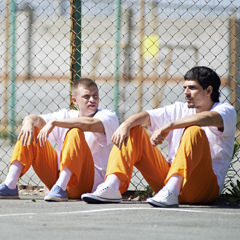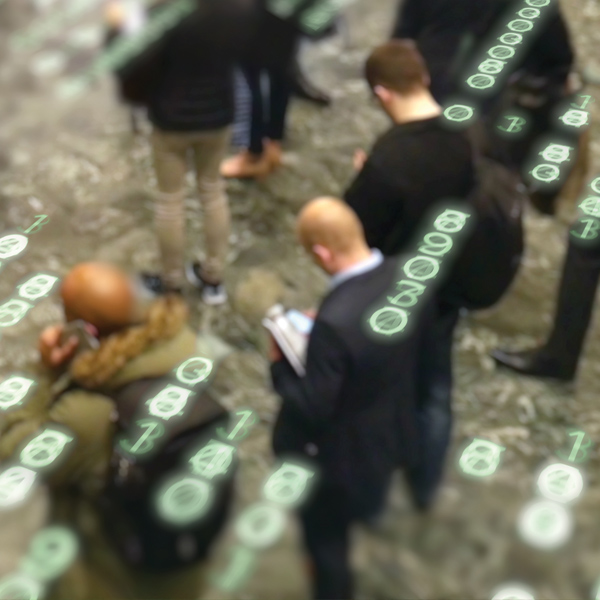MacArthur is bringing together a distinguished group of scientists, legal scholars, jurists, and philosophers from across the country to help integrate new developments in neuroscience into the U.S. legal system. The Law and Neuroscience Project is the first systematic effort to bridge the fields of law and science in considering how courts should deal with new brain-scanning techniques as they apply to matters of law. The Project is supported by an initial, three-year $10 million MacArthur grant.
“Neuroscience could have an impact on the legal system that is as dramatic as DNA testing,” MacArthur President Jonathan Fanton said. “Neuroscientists need to understand law, and lawyers need to understand neuroscience. The MacArthur Foundation has a deep and abiding interest in the application of science to policy and practice, and particularly in bringing scientific findings to bear on the practice of law. We hope this ambitious effort will help to address the difficult legal and ethical questions that will inevitably and quickly arise as neuroscience progresses in its ability to understand and affect behavior.”
The Project is centered at the University of California, Santa Barbara (UCSB) and involves scientists and legal scholars from more than two dozen universities nationwide. Former Supreme Court Justice Sandra Day O’Connor serves as honorary chair. UCSB Professor of Psychology Michael S. Gazzaniga, who also directs the Sage Center for the Study of the Mind, is the director and principal investigator. Walter Sinnott-Armstrong, Professor of Philosophy and Hardy Professor of Legal Studies at Dartmouth College, co-directs the project.
Proponents of neuroscientific evidence say it can help make the judicial system more accurate and less biased on matters of guilt, punishment, and treatment, on the detection of lies and bias, and in the prediction of criminal behavior. They believe the result could be less crime and fewer people in prisons. Skeptics fear that brain-imaging technology poses a threat to privacy and notions of personal responsibility. Both scientists and legal scholars warn that failing to properly integrate neuroscience and law could harm the legal system by sending the wrong people to prison, and by creating skepticism about some of the law’s basic assumptions.
Three working groups of scholars and legal experts will address the topics of addiction, brain abnormalities, and decision making as they relate to complex issues such as criminal responsibility. Each working group will be directed by a neuroscientist and a legal expert and include up to 15 neuroscientists, legal scholars, philosophers, and practitioners involved in the legal system, including a judge. Each group will review current research, identify gaps in knowledge and understanding, and develop specific research proposals that would contribute to improved law, policy, and legal proceedings.
“Neuroscientific evidence has already been used to persuade jurors in sentencing decisions, and courts have admitted brain-imaging evidence during criminal trials to support pleas of insanity,” said Gazzaniga. “Without a solid, mutual understanding of each others’ fields, lawyers and judges cannot respond in an informed way to developments in neuroscience, and scientists cannot properly advise lawyers or recognize the legal relevance of their current and future research.”
The working group focused on brain abnormalities will be chaired by Gazzaniga and Hank Greely, Deane F. and Kate Edelman Professor of Law, Stanford University, while the group addressing addiction will be headed by Stephen Morse, Ferdinand Wakeman Hubbell Professor of Law and Professor of Psychology and Law in Psychiatry, University of Pennsylvania, and Robert Desimone, Professor of Neuroscience and Director of the McGovern Institute at the Massachusetts Institute of Technology. Marcus Raichle, professor of radiology, neurology, neurobiology, psychology and biomedical engineering at Washington University in St. Louis, and Owen Jones, Professor of Law and Professor of Biological Sciences at Vanderbilt University will lead the third working group on decision-making.
In addition, the Project will support scientific advice to the legal profession, as well as public and professional education. Specific activities will range from conferences and scientific publications to recommendations for judicial guidelines for handling neuroscientific evidence. Such evidence includes brain-imaging techniques that have helped scientists identify which brain regions monitor behaviors or regulate emotions, and what happens when these regions are disconnected.
“The U.S. legal system incorporates assumptions about behavior that, in some cases, are centuries old and based on common sense and culture,” said Sinnott-Armstrong. “Those assumptions affect you whether you’re a defendant, a victim of crime, a judge, a prospective juror, or a community resident. For example, the legal system assumes that people make deliberate choices and what we choose determines what we do. However, neuroscience indicates that our choices sometimes are based upon electrical impulses and neuron activity that are not a part of conscious behavior. This includes not only criminal activity, but also decisions made by police, prosecutors, and jurors to arrest, prosecute, or convict.”
In addition to O’Connor and Gazzaniga, the project’s board includes Morse, Raichle, Stephen Hyman, Provost, Harvard University; Jed Rakoff, United States District Court Judge for the Southern District of New York; and Fred Schauer, Frank Stanton Professor of the First Amendment, Harvard University’s John F. Kennedy School of Government.




